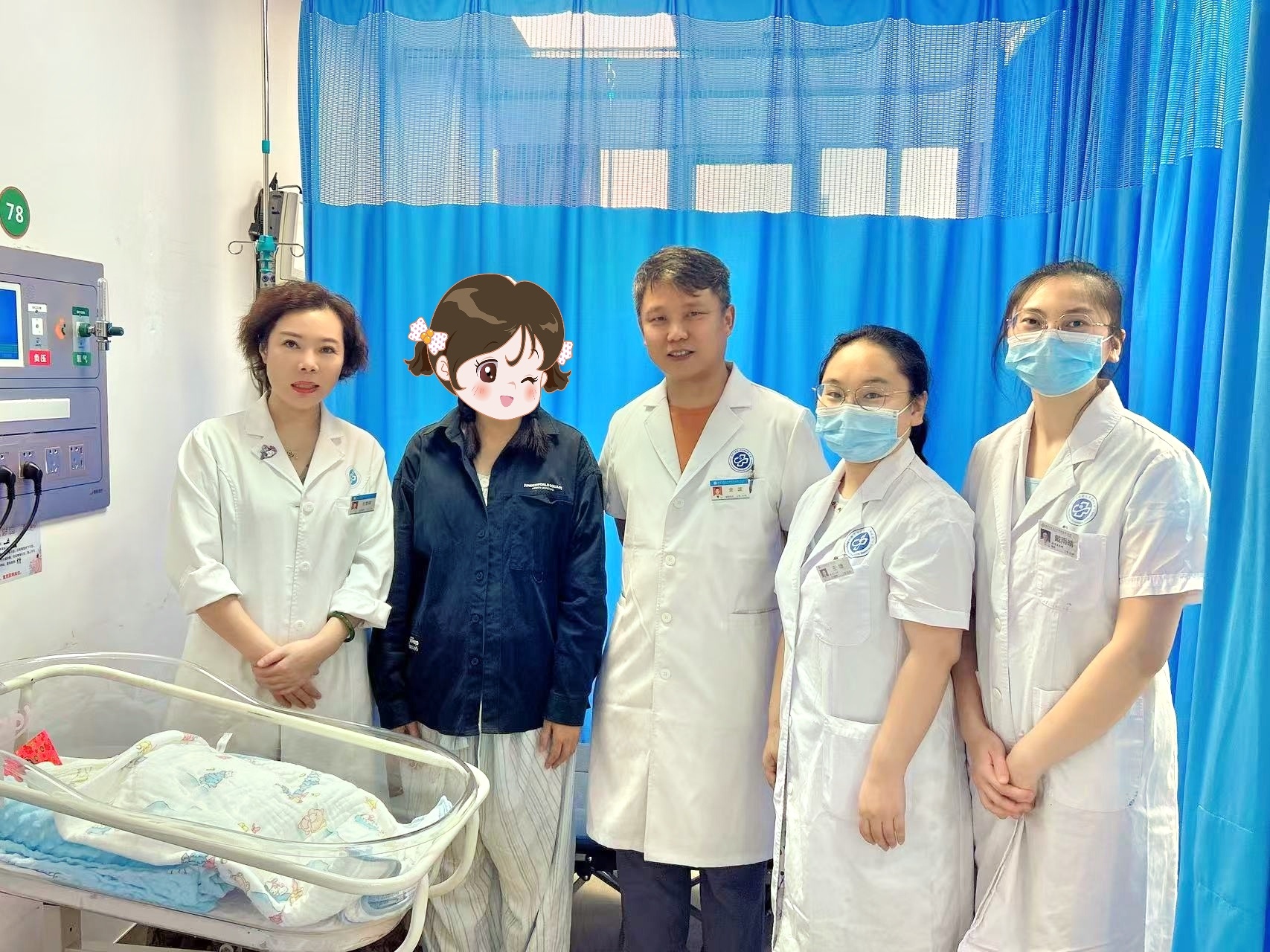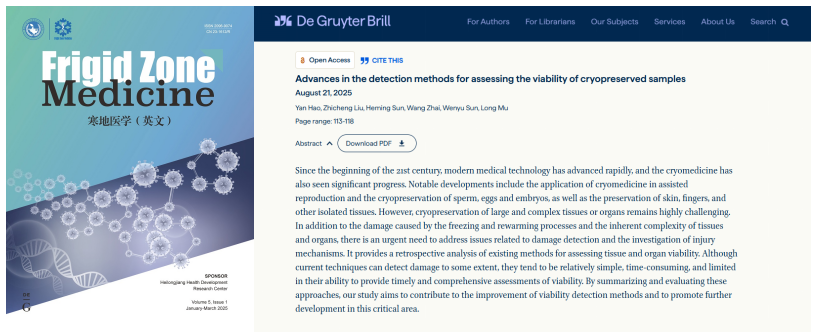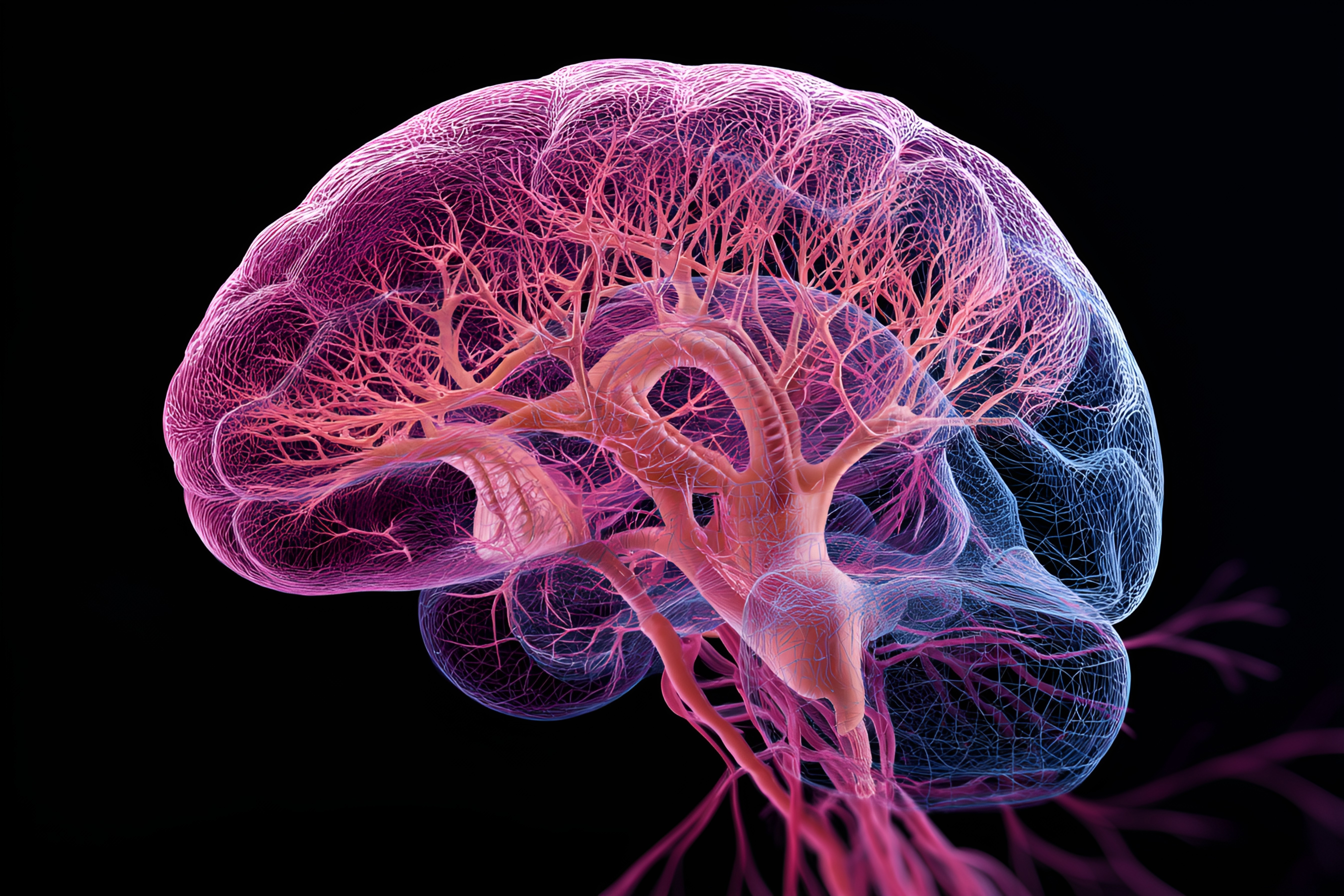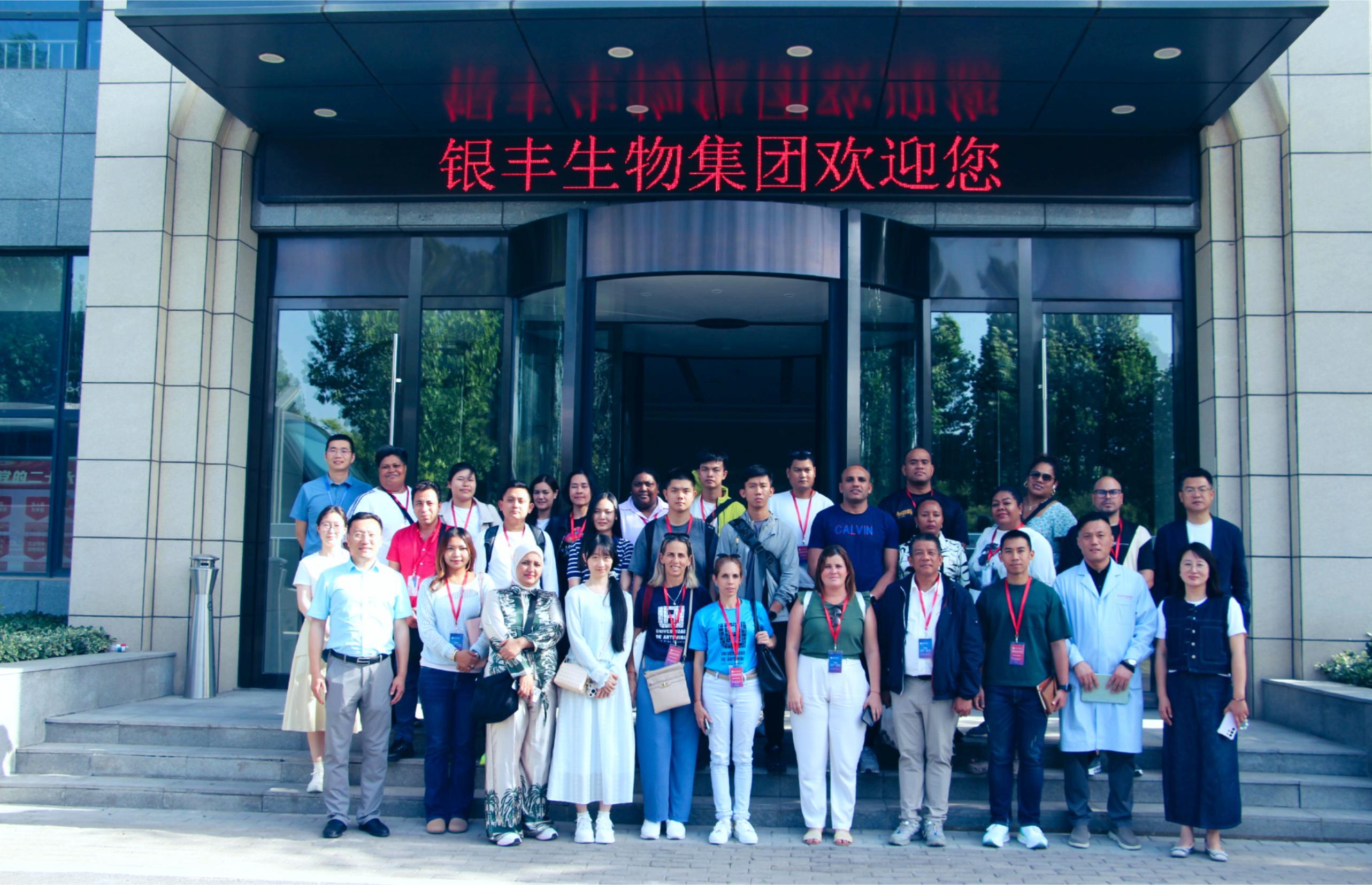Gene Editing Ushers in a Revolution of "Large-Scale Rearrangement"! Bridge Recombinase: The "Magic Pen" Rewriting the Code of Life
Release time:
2025-11-17
If the human genome is compared to a "book of life" composed of 3 billion base pairs, traditional gene editing technologies are like meticulous proofreaders, capable only of correcting individual "typos." However, a groundbreaking study recently published in Science by the Arc Institute in the United States is propelling gene editing into the "era of large-scale rearrangement." The newly developed bridge recombinase technology allows scientists to reorganize chapters, flip paragraphs, and even rewrite entire pages of the genome as if wielding a "magic pen," opening new pathways for treating complex genetic diseases.

A Paradigm Shift from "Single-Letter Proofreading" to "Chapter Reconstruction"
Since the advent of the CRISPR-Cas9 system in 2012, this technology, which relies on guide RNA to locate and cut specific DNA sequences, has demonstrated immense value in areas such as genetic disease treatment and cancer immunotherapy. However, its essence remains making small-scale base edits by creating double-strand breaks. When faced with complex diseases like Friedreich's ataxia and certain neurodegenerative disorders—caused by large-scale gene duplications, deletions, or rearrangements—traditional tools reveal significant limitations: they are not only incapable of handling genomic regions spanning millions of base pairs but also struggle to safely achieve targeted modifications of chromosomal structures.
"It's like trying to revise a monumental book with scissors and glue, where current technologies can only cut and paste words, while we need to reorganize entire chapters," the research team leader analogized. The core of this breakthrough lies in the development of a bridge recombinase system with a "molecular bridge" function. Its innovative bridging RNA features two independent recognition modules that can simultaneously anchor two distant DNA sites, enabling precise excision, 180-degree inversion, or insertion of foreign sequences for large genomic fragments.
The "ISCro4" System Breaks Through Targeting Challenges
The research team screened the most efficient performer, ISCro4, from 72 natural recombinase systems and, through thousands of directed evolution experiments, achieved 82% targeting specificity in human cells. This enzyme system not only efficiently handles ultra-long repetitive sequences (such as the abnormally expanded GAA repeats in Friedreich's ataxia) that are beyond the reach of traditional technologies but can also simulate complex mutation processes like chromosomal translocations. Experimental data show that the technology successfully excised over 80% of pathogenic GAA repeats in patient cells, significantly improving disease model phenotypes.
Even more promising is that bridge recombinase requires only the delivery of RNA molecules to function, avoiding the complex protein carrier delivery challenges associated with CRISPR technology and substantially reducing treatment risks. The research team has verified its compatibility with existing therapeutic models, such as sickle cell anemia, and is now developing enhanced versions suitable for stem cells and immune cells, aiming to achieve precise manipulation of even larger gene fragments (exceeding 500 kb).
Opening a New Era of Precision Medicine
Experts in the field note that this breakthrough marks the transition of gene editing from the "molecular scissors" era to the "genetic architect" phase. Beyond genetic disease treatment, the technology shows broad prospects in cancer genome remodeling, agricultural crop trait improvement, and synthetic biology. As highlighted in a commentary accompanying the Science publication, "When scientists gain the ability to reorganize the blueprint of life, we stand at the tipping point of a biomedical revolution."
With the continuous optimization of bridge recombinase technology, humanity may be just one precise "gene rearrangement" away from conquering many currently incurable diseases.
Latest developments
Over the two days, the symposium was not only a collision of ideas but also seeds sown to advance social progress in life culture. The Shandong Yinfeng Life Science Public Welfare Foundation will continue to use technology as wings and culture as roots, collaborating with all sectors of society to enhance the quality of life for the Chinese people and build a human-centered life care system.
According to recent announcements by the Jinan Municipal Bureau of Science and Technology, 11 outstanding achievements from Jinan have been included in the 2025 "Shandong Outstanding Achievements Report" project. Among them is the globally first-of-its-kind ovarian tissue dual-activation technology developed by Shandong Silver Med Life Science Research Institute (Jinan).
Recently, Frigid Zone Medicine, an authoritative international journal in the field of cryomedicine, published an important review titled "Advances in the Detection Methods for Assessing the Viability of Cryopreserved Samples". Written by the team of Yinfeng Cryomedical Research Center, the article systematically reviews and analyzes various detection techniques currently used to evaluate the viability of cryopreserved cells, tissues, and organs. It also proposes key directions from the perspectives of methodological integration and future instrument development, offering crucial theoretical support and practical guidance for the long - term cryopreservation of complex tissues and organs.
Recently, the "Novel Technology for Ultra-Low Temperature Cryopreservation, Activation, and Transplantation of Human Ovarian Tissue," developed through a collaborative effort between Shandong Yinfeng Life Science Research Institute and Beijing University of Chinese Medicine Shenzhen Hospital, has been awarded the 2025 Shandong Refrigeration and Air Conditioning Science and Technology Award. This groundbreaking technology pioneers a new pathway for female fertility preservation, marking a significant leap in China’s interdisciplinary advancements in reproductive medicine and cryobiology.
On May 19, a delegation from the Chinese Training Workshop for Government Officials of Developing Countries visited the exhibition hall of Yinfeng Biological Group's Cryomedicine Research Center. Government officials from multiple countries gained in-depth insights into Yinfeng’s innovative achievements in cryobiomedicine, cell storage, genetic technology, and other fields. They engaged in discussions with the delegation on technology transfer and international cooperation, contributing to the building of a global community with a shared future for humanity.












